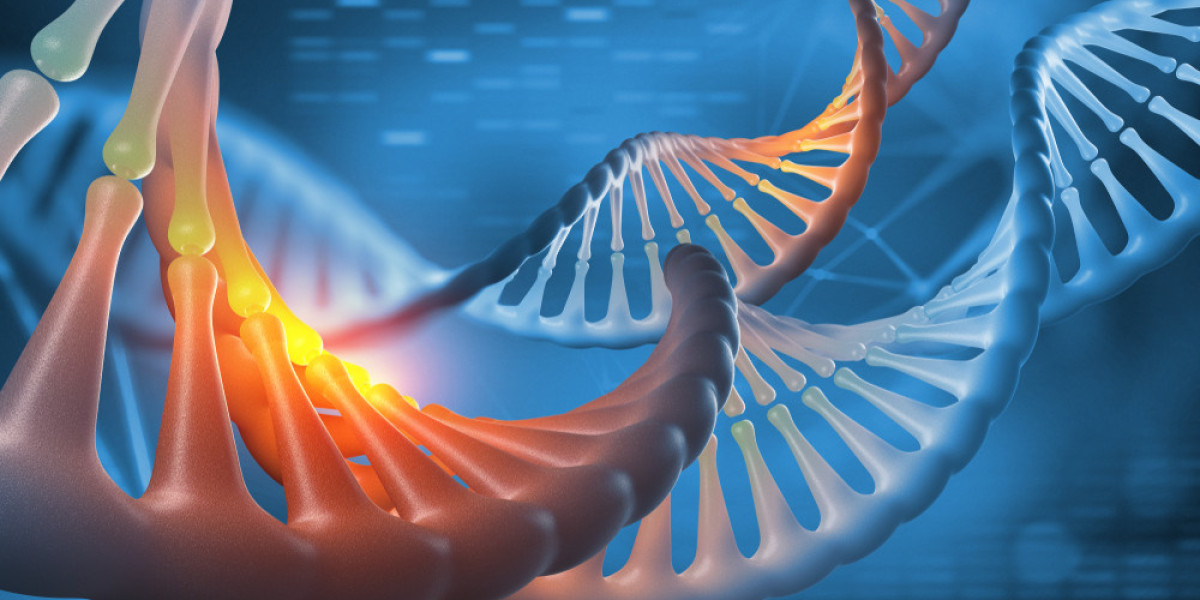In the realm of genomics, Sanger sequencing stands as a pioneering technique that has revolutionized our understanding of genetic information.
Understanding Sanger Sequencing
Sanger sequencing, also known as chain termination sequencing, is a method used to determine the precise order of nucleotides in a DNA molecule. Developed by Frederick Sanger and colleagues in the 1970s, this technique relies on the selective incorporation of chain-terminating dideoxynucleotides (ddNTPs) during DNA synthesis. As each ddNTP lacks a 3' hydroxyl group necessary for the formation of the phosphodiester bond with the next nucleotide, DNA synthesis terminates at these points, resulting in a series of fragments of varying lengths that can be separated and analyzed to determine the DNA sequence.
Applications Across Various Fields
Sanger sequencing has found widespread applications across various fields, including molecular biology, medical diagnostics, forensics, and evolutionary biology. In molecular biology, it is used for gene sequencing, identification of genetic mutations, and characterization of DNA fragments. Medical diagnostics leverage Sanger sequencing for identifying genetic disorders, studying microbial genomes, and personalized medicine initiatives.
Benefits of Sanger Sequencing
One of the key benefits of Sanger Sequencing is its accuracy in determining DNA sequences, especially for shorter sequences or specific regions of interest. It has played a pivotal role in numerous groundbreaking discoveries in genetics and has become a cornerstone in genetic research and clinical diagnostics. Additionally, Sanger sequencing is relatively cost-effective for targeted sequencing tasks compared to newer technologies like next-generation sequencing (NGS).
Challenges and Limitations
Despite its advantages, Sanger sequencing does have limitations, particularly in its throughput and scalability compared to NGS technologies. It is more labor-intensive and time-consuming for large-scale sequencing projects and may not be suitable for analyzing complex genomic regions or detecting rare mutations at low frequencies. Furthermore, Sanger sequencing is limited by its inability to sequence long stretches of DNA efficiently.
Sanger sequencing remains a cornerstone technique in genomics, enabling precise and reliable DNA sequencing for a wide range of applications. While newer technologies like NGS have expanded the horizons of genomic analysis, Sanger sequencing continues to play a vital role in research, diagnostics, and personalized medicine initiatives. With ongoing advancements and integration with complementary technologies, the future of Sanger sequencing promises continued innovation and relevance in the ever-evolving landscape of genomics.
Get more insights on Sanger Sequencing








